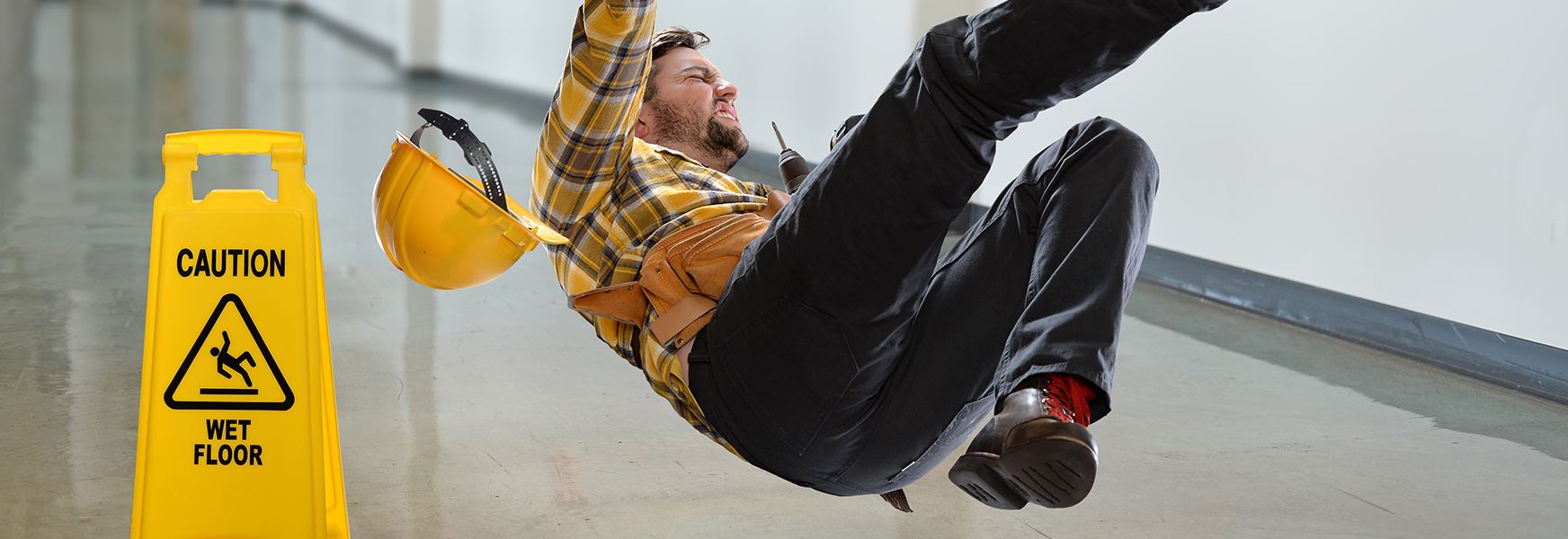It’s Friction, Baby (More or Less)

In 1996, Better Than Ezra, the alternative rock band best known for their hit single, Good, released their third album, Friction, Baby. The title comes from a Keith Richards interview where he was asked how he and Mick Jagger were able to stay together through the years. The legendary Glimmer Twins guitarist coolly replied, “friction, baby.” But what exactly is friction and how does it apply to safety in the context of slip-fall prevention and safe patient handling? And, in controlling the risk exposure, is there a need for more of it or less of it?
According to Wikipedia, friction is “the force resisting the relative motion of solid surfaces, fluid layers, and material elements sliding against each other.” Types of friction include dry, fluid, lubricated, skin, and internal. Coefficient of friction (COF), as a reference value, is derived from a ratio comparison between two bodies in opposition and the force of friction in play along with the force attracting them. COFs range from near zero to greater than one; the higher the number the more friction present. Influencing factors in the case of dry friction includes surface roughness, deformation, adhesion, and contamination.
Clearly, “running through the wet grass falling a step behind” would leave one desperately wanting more friction in order to stay upright. Here, we want to enhance traction by improving the quality and condition of the substrate along with use of anti-slip footwear. The American National Standards Institute recommends a dynamic coefficient of friction (DCOF) at or greater than 0.42 for hard surface floor materials. Calculation of DCOF can be achieved through use of an instrument called a tribometer. Slip-fall prevention solutions include improving floor cleaning and maintenance practices, employing floor treatment with anti-slip coatings, and, if need be, replacing floors. Certainly, there’s more to addressing slip-fall hazards than simply wearing slip resistant shoes. That’s just scratching the surface.
Conversely, when “looking around the house” it becomes clear it’s good to have less friction when pivoting, swiveling, sliding, and gliding across a horizontal plane during mobility and positioning tasks, particularly when assisting the infirmed. Here, we want to decrease traction through use of anti-friction devices such as pivot discs, slide boards, swivel cushions, and slide sheets. In the realm of patient handling, repositioning in bed is the number one cause of injury to hospital caregivers. Solution strategies for this common task include eliminating the need, redesigning the task to mitigate certain components adding to the risk, minimizing the frequency of the task, and optimizing use of equipment and assist devices. That’s taking the strain out of the transfer equation.
So, in realizing the root of these risks for exerting greater exposure control, from a frictional standpoint, that’s it (more or less). Too limited in information? Then delve deeper into both safety topics by checking out MEMIC’s Workplace Safety resources. There’s a ton of stuff that won’t rub you the wrong way or go against the grain in heating up your slip-fall prevention and safe patient handling improvement efforts.

